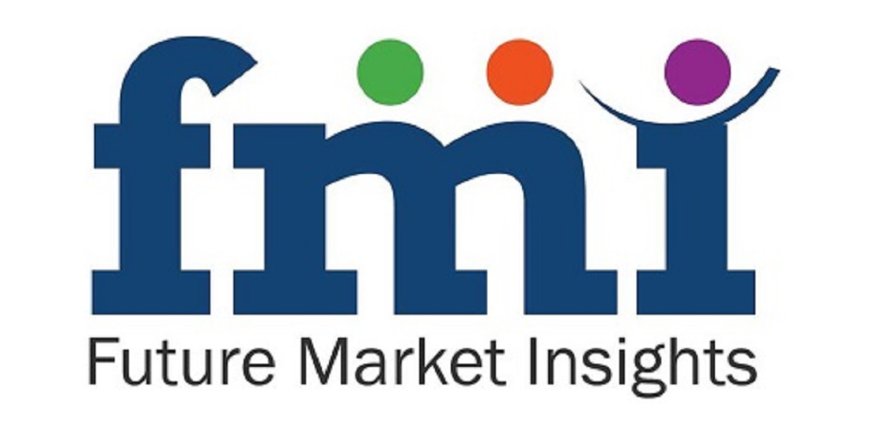Market Trends: Incontinence Care Products Market Anticipating US$ 22.9 Billion by 2034
Several factors contribute to the growth and demand within the market.

The incontinence care products market is anticipated to reach a valuation of US$ 12.7 billion in 2024. The industry is projected to be worth US$ 22.9 billion by 2034, expanding at a CAGR of 6% between 2024 and 2034. The market caters to individuals experiencing urinary or fecal incontinence, offering various products to manage these conditions effectively.
These products include absorbent items like adult diapers, pads, protective underwear, and skincare products designed to alleviate associated skin irritation and discomfort. The market serves individuals of all ages, from infants to the elderly, who may require assistance managing their bladder or bowel control.
Several factors contribute to the growth and demand within the market. Firstly, the aging population globally has led to an increase in the prevalence of incontinence, driving the need for such products. A growing awareness of personal hygiene and healthcare prompts individuals to seek effective solutions for managing incontinence discreetly and comfortably.
Request for a Sample of this Research Report: https://www.futuremarketinsights.com/reports/sample/rep-gb-18961
Continuous product design and technology innovation also play a crucial role in shaping the market landscape. Companies invest in research and development to improve product efficacy, absorbency, and comfort and introduce eco-friendly and sustainable options to meet consumer preferences.
The market benefits from increasing healthcare expenditures and rising incidences of conditions like urinary incontinence, contributing to market expansion. Affordability and ease of use are significant factors influencing consumer purchasing decisions and environmental sustainability considerations.
As the demand for high-quality and effective incontinence management solutions continues to rise, companies are well-positioned to capitalize on emerging applications and technological advancements to meet the evolving needs of consumers across demographics.
“Rising healthcare expenditures and increasing incidences of conditions like urinary incontinence drive market expansion in the incontinence care products market,” says FMI Analyst
Request Customization @ https://www.futuremarketinsights.com/customization-available/rep-gb-18961
Competitive Landscape
The competitive landscape of the incontinence care products market is characterized by the presence of several key players vying for market share. These companies engage in strategic initiatives such as product innovation, partnerships, and mergers to gain a competitive edge.
Additionally, marketing efforts are crucial in brand visibility and customer engagement. The dynamic nature of the market reflects ongoing efforts to meet the diverse needs of consumers and maintain a competitive position. Some key developments are as follows:
- In May 2023, Nobel Hygiene Pvt Ltd. launched UltraThinz slim disposable underpants, especially for younger consumers suffering from light incontinence like obesity, prostate issues, and postpartum incontinence.
- In June 2021, Medline finalized the acquisition of a substantial segment of the Hudson RCI® brand of respiratory consumables from Teleflex. This acquisition encompassed the brand’s oxygen and aerosol therapy, active humidification, non-invasive ventilation (NIV), and incentive spirometer products.
More Valuable Insights Available
Future Market Insights offers an unbiased global incontinence care products market analysis, providing historical data from 2019 to 2023 and forecast statistics from 2024 to 2034
To understand incontinence care products market opportunities are segmented based on Product [Non-Absorbents (Catheters, Slings, Drainage Bags, Stimulation Devices), Absorbents (Underwear & Briefs, Drip Collectors & Bed Protectors, Pads & Guards)], Gender (Male, Female), Usage (Reusable, Disposable), Distribution Channel (Institutional Sales, Retail Stores, Online Channels) and Region (North America, Latin America, Western Europe, Eastern Europe, South Asia and Pacific, East Asia, and the Middle East and Africa).
What's Your Reaction?



























:quality(85):upscale()/2025/01/08/844/n/1922398/cde2aeac677eceef03f2d1.00424146_.jpg)
:quality(85):upscale()/2024/11/27/891/n/1922398/123acea767477facdac4d4.08554212_.jpg)
:quality(85):upscale()/2024/12/02/919/n/1922398/2b4b75f6674e20edcc99c3.42112799_.jpg)
:quality(85):upscale()/2024/10/29/690/n/1922398/e9bec6b46721006258d949.01358236_.jpg)
:quality(85):upscale()/2024/10/10/868/n/1922283/ab92f44867083000877668.26101188_.jpg)
















